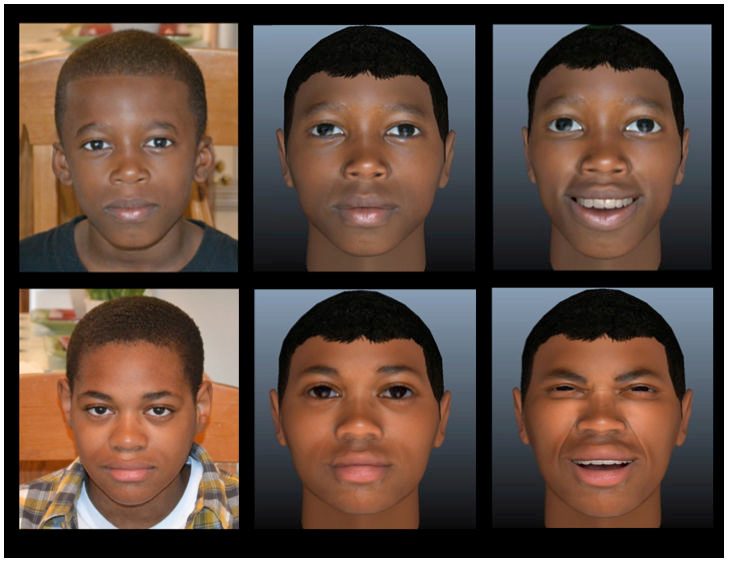Development and Validation of a Virtual Human Vignette to Compare Nurses Assessment and Intervention Choices for Pain in Critically Ill Children
February 1st, 2015
Categories: Applications, Human Factors, Software, User Groups, Virtual Medicine, Visualization, Human Computer Interaction (HCI)

Authors
LaFond, C., Vincent, C., Lee, S., Corte, C., Hershberger, P., Johnson, A., Park, C., Wilkie, D.About
Introduction: As virtual experiences are increasingly used in health care training and research, it is important that adequate processes are applied for developing valid scenarios. We describe the development and validation of virtual human (VH) vignettes, computer-generated scenarios with animated patients and clinical information, for a mixed-methods study regarding nurses’ assessment and intervention choices for critically ill children’s pain.
Methods: We followed the case development and review process for high-fidelity simulation case scenarios, including the use of validated written vignettes and content experts. Forty nurses described their pain assessment and intervention choices for the newly derived VH vignettes and completed a pain questionnaire. Nurses’ reports of VH vignette consistency with their professional experience and recognition of VH facial expressions were evaluated to establish face validity. Their pain ratings for the VH and written (questionnaire) vignettes were evaluated for convergent validity. Qualitative content analysis, descriptive statistics, correlations, and paired t-tests were used.
Results: Most nurses (68.4%) supported vignette consistency with their professional experience. Facial expression recognition was 98.4%. Smiling children’s pain was rated significantly lower than grimacing children in both VH and written vignettes. Pain was rated significantly lower for grimacing children in the VH vignettes than the written vignettes. Virtual human vignette pain ratings were strongly correlated with their written counterparts.
Conclusions: This process was effective for developing VH vignettes that demonstrated good face validity with participants and convergent validity with written vignettes. Virtual human vignettes may be useful in studying the influence of facial actions on nurses' choices for children’s pain assessment and treatment.
Resources
URL
Citation
LaFond, C., Vincent, C., Lee, S., Corte, C., Hershberger, P., Johnson, A., Park, C., Wilkie, D., Development and Validation of a Virtual Human Vignette to Compare Nurses Assessment and Intervention Choices for Pain in Critically Ill Children, Simulation in Healthcare, vol 10, no 1, pp. 14-20, February 1st, 2015. https://doi.org/10.1097/SIH.0000000000000061